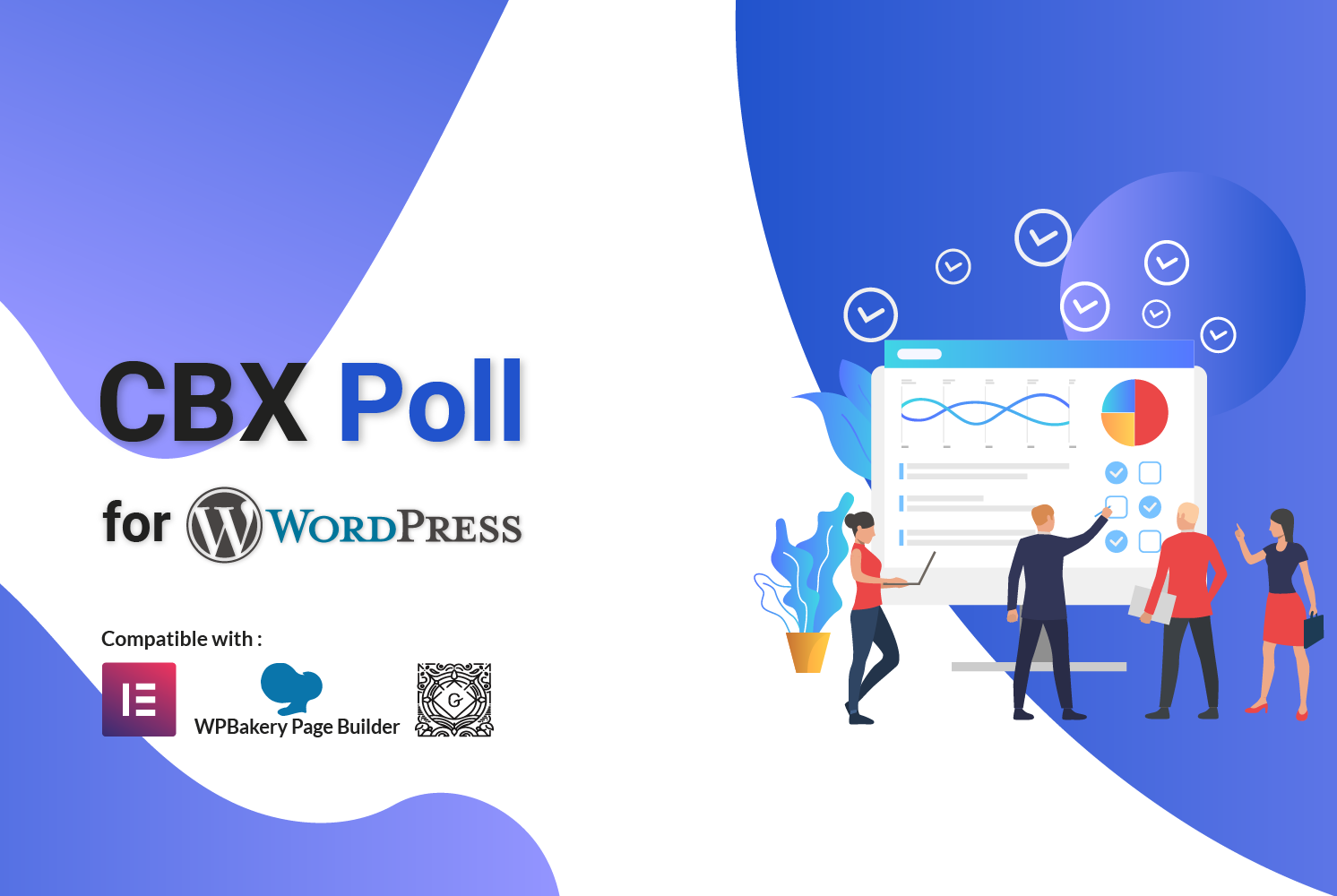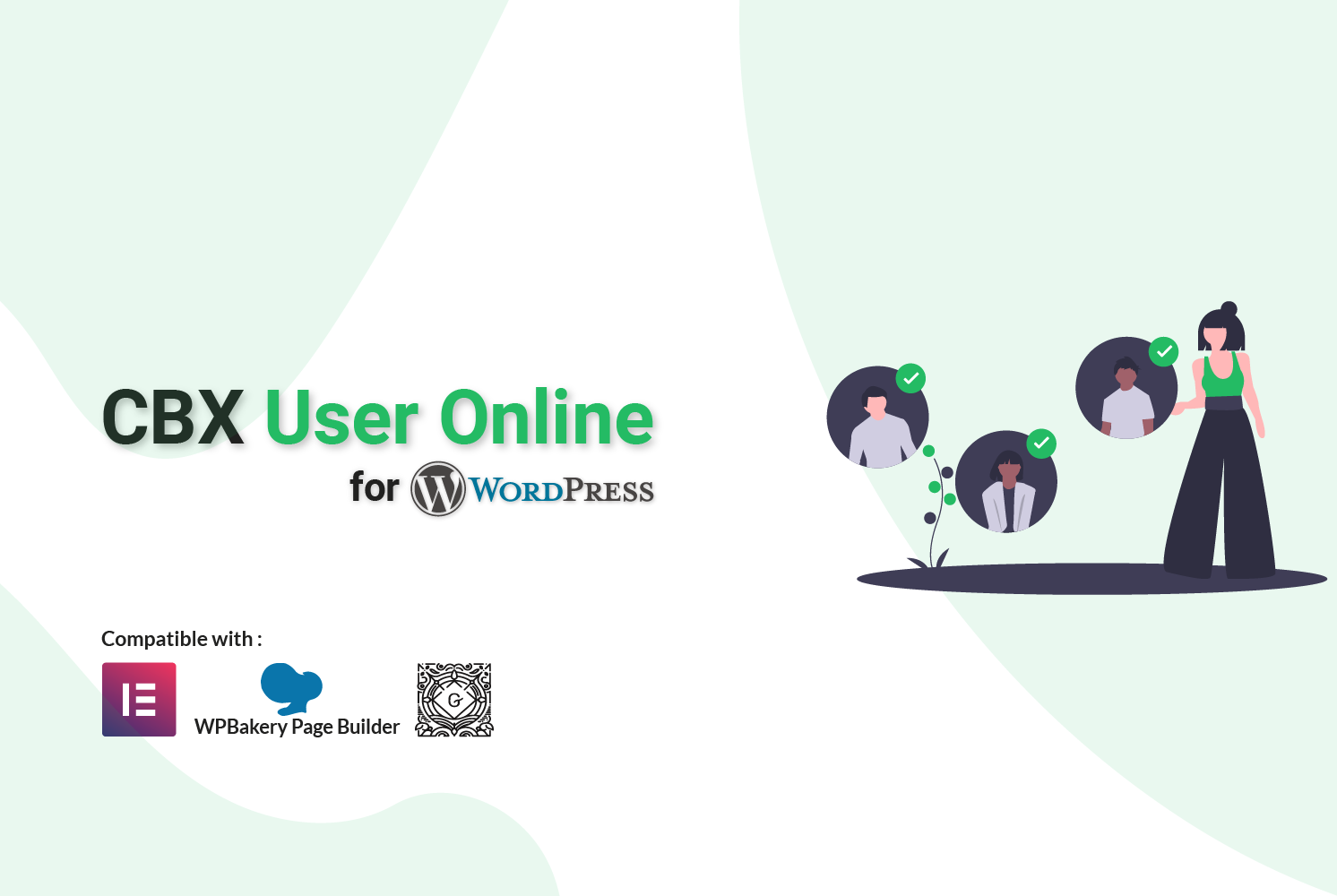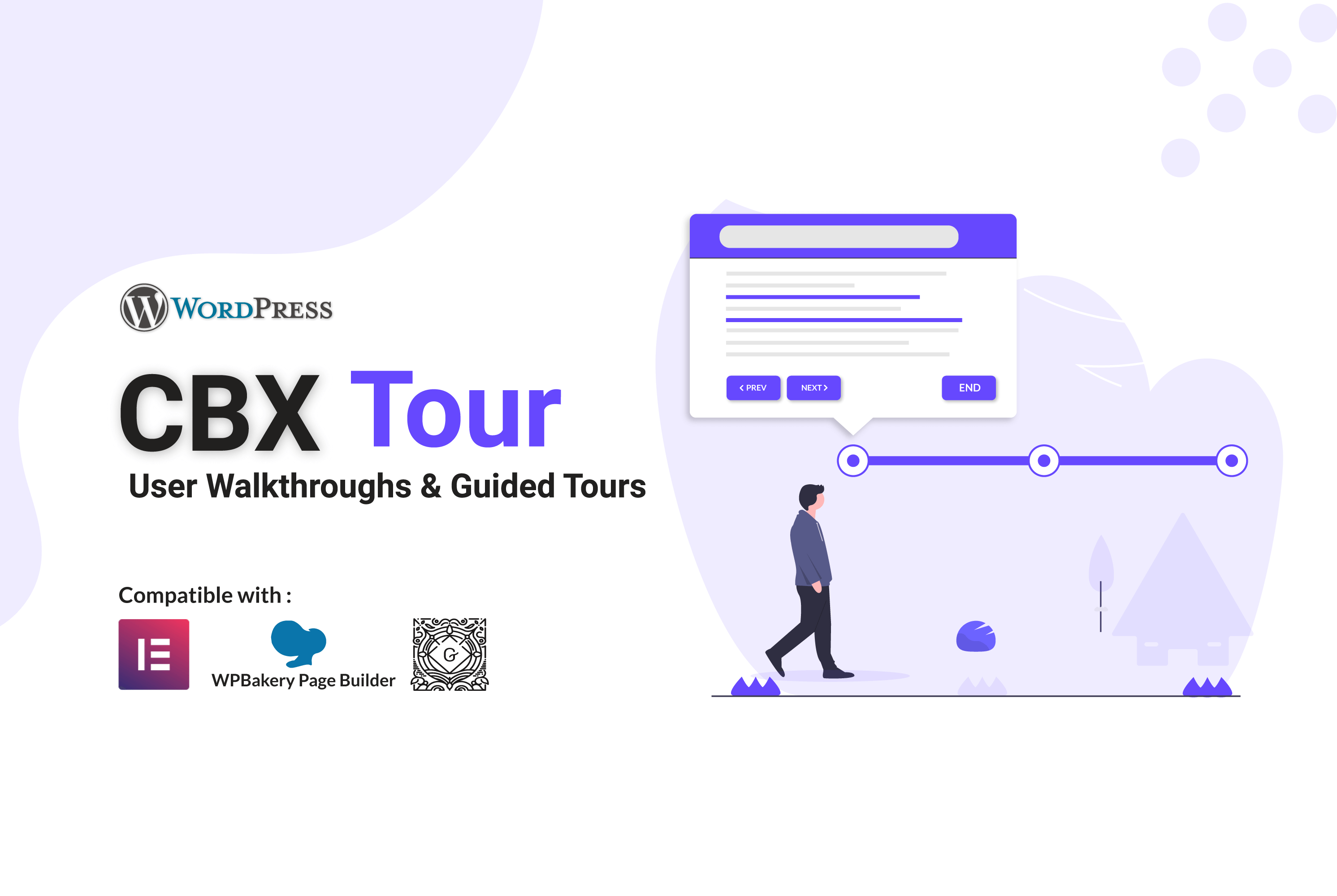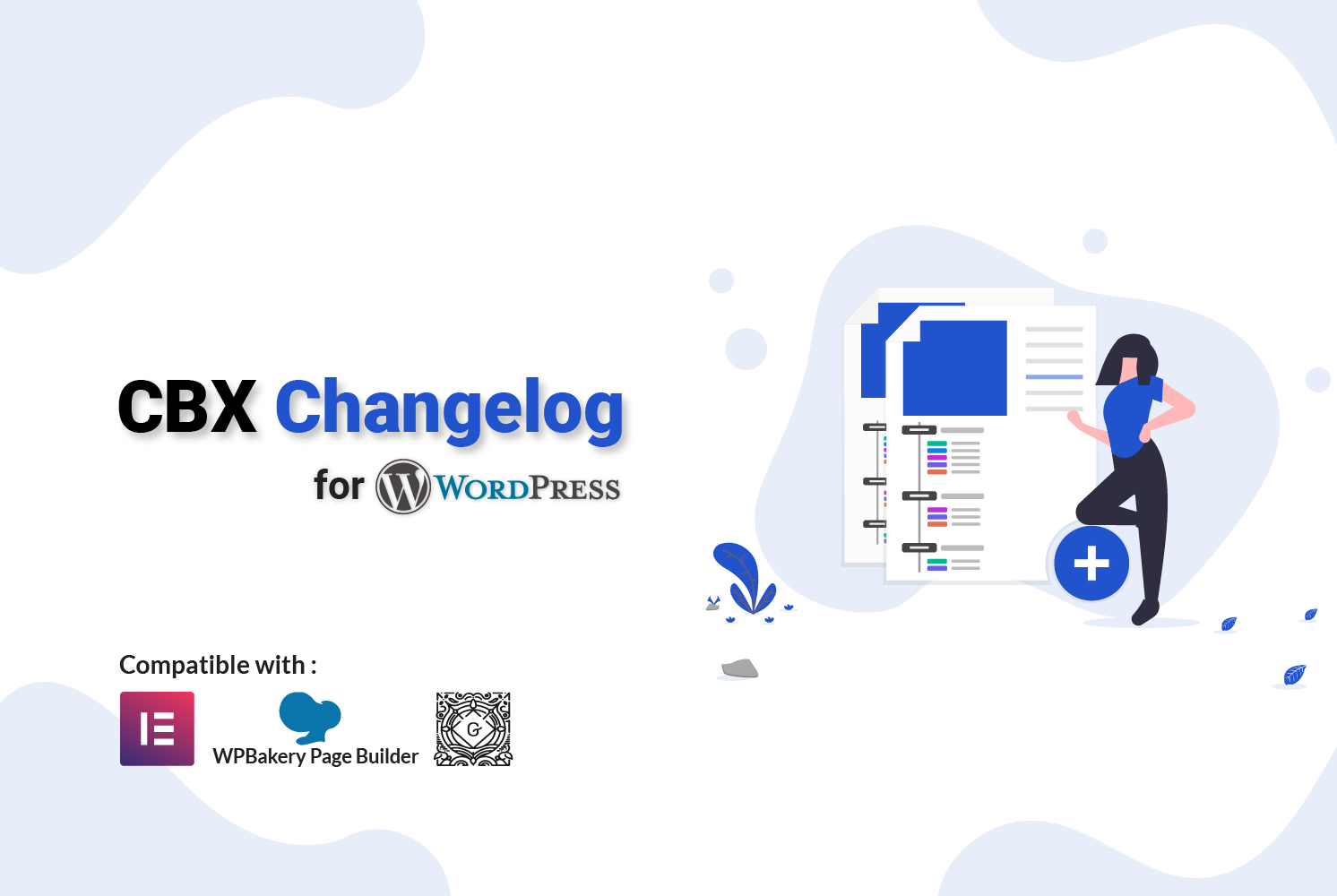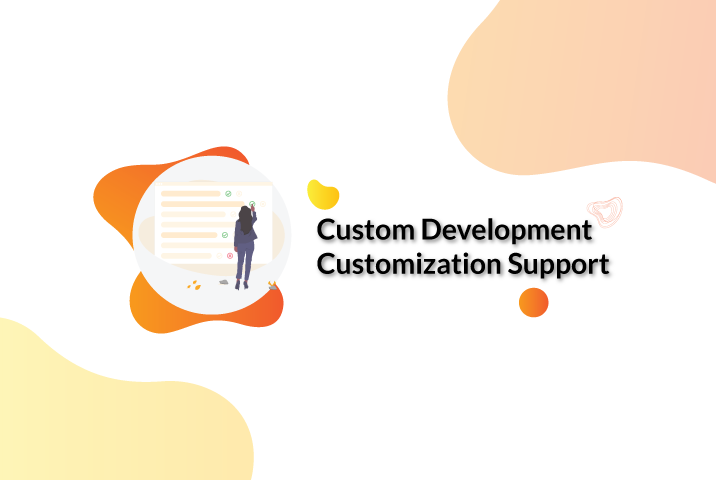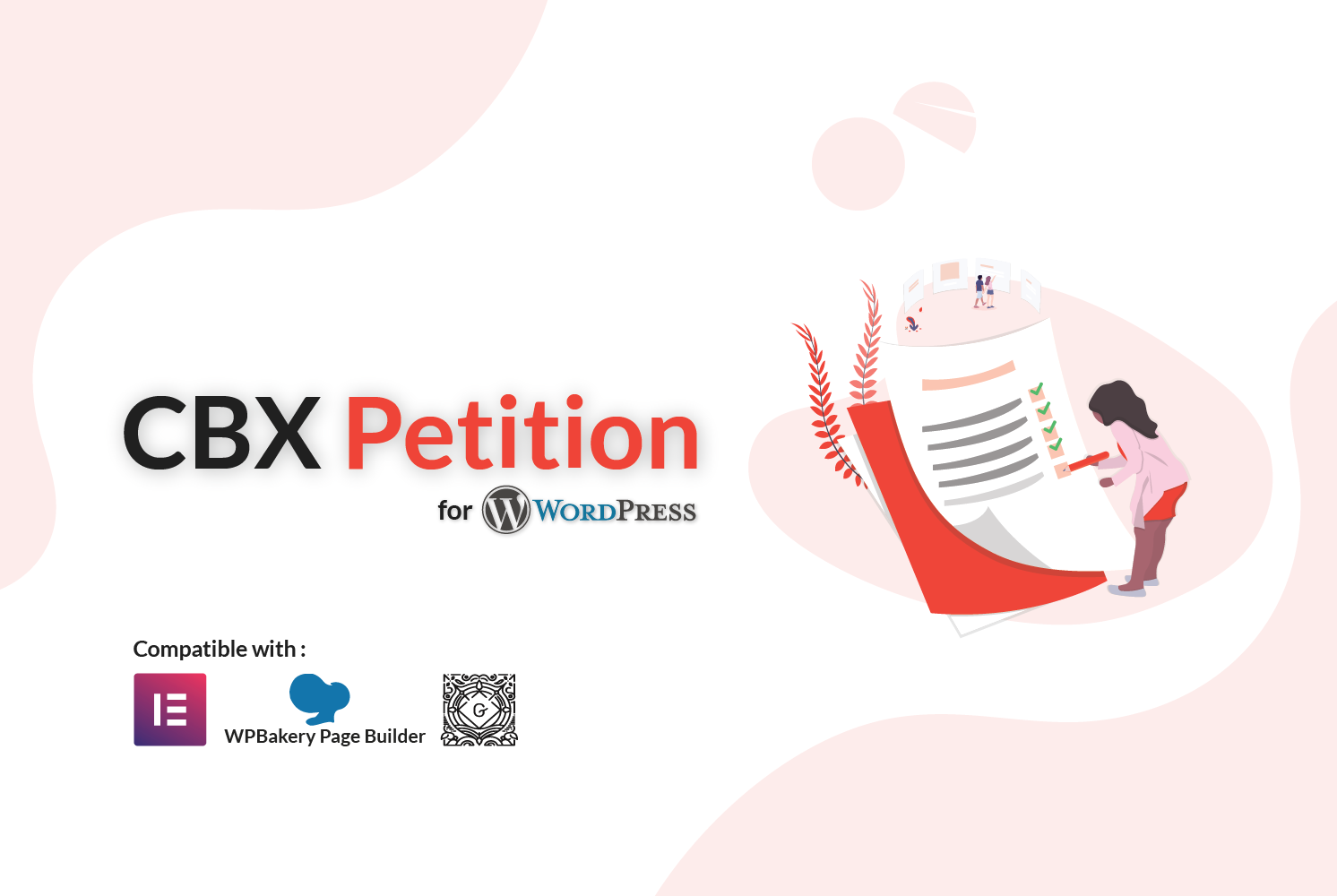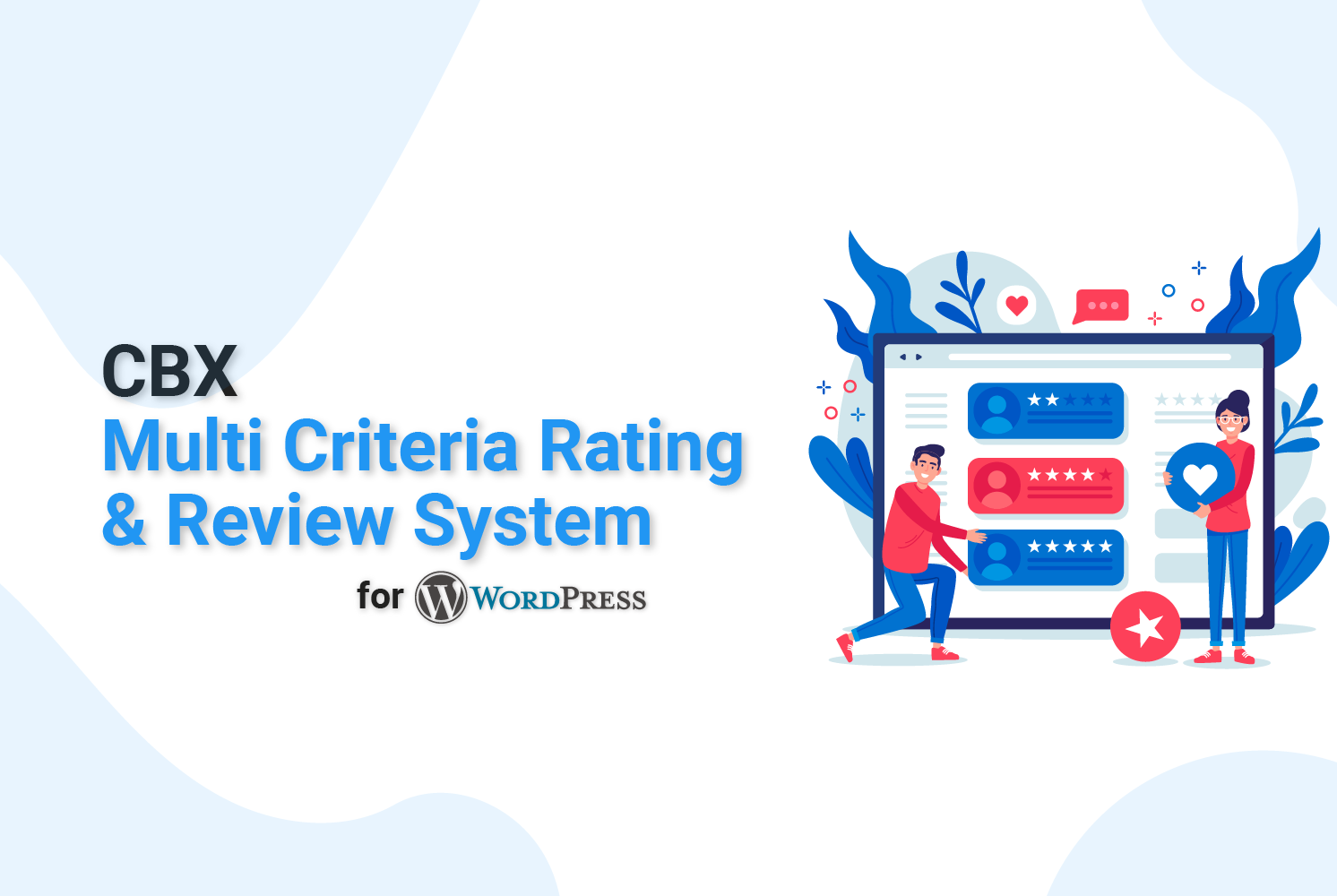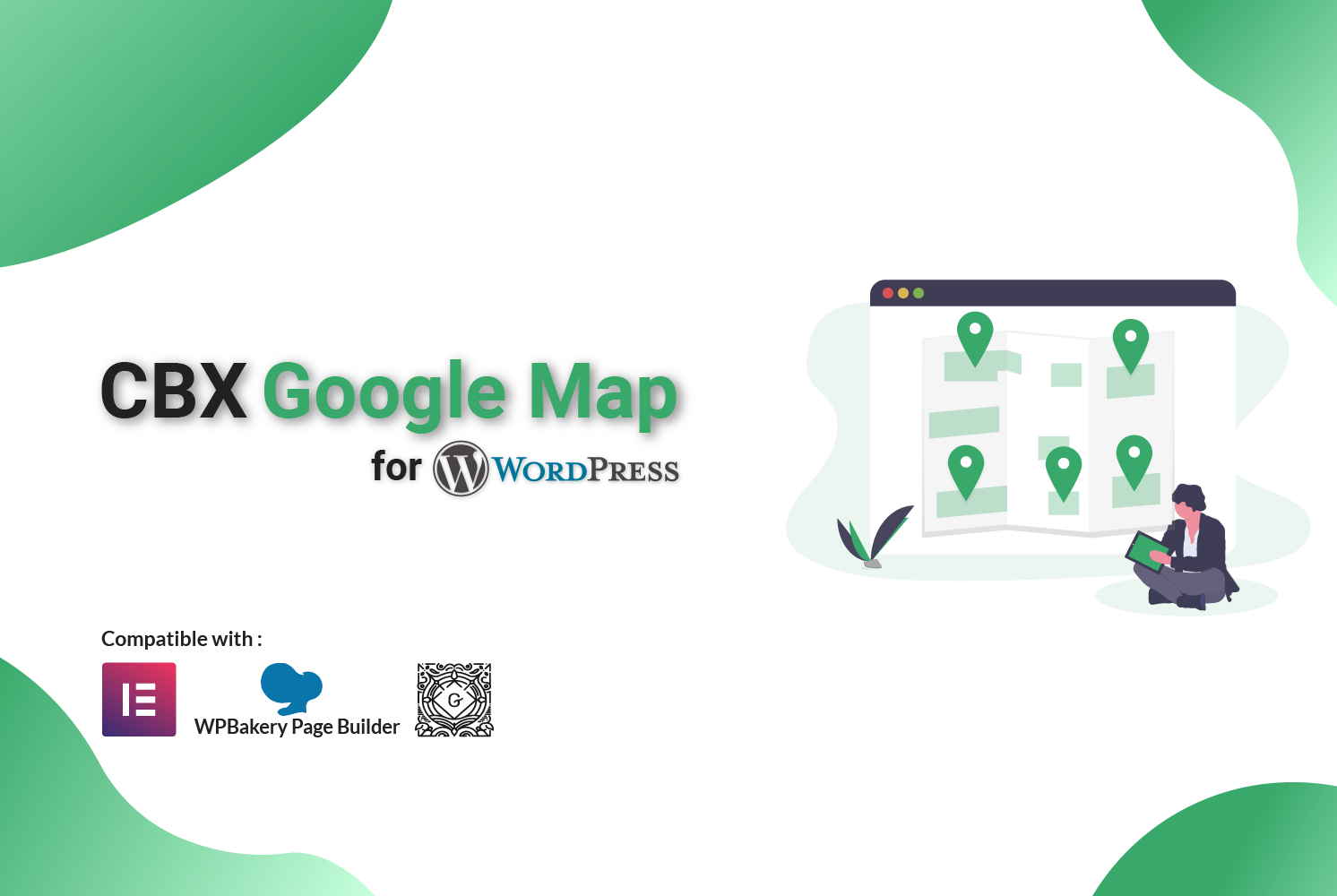What is WCAG 2.1 Accessibility Testing? A Complete Guide
Introduction to WCAG 2.1
WCAG 2.1 (Web Content Accessibility Guidelines) is a set of technical standards developed by the World Wide Web Consortium (W3C) to make web content more accessible to people with disabilities. Published in June 2018, WCAG 2.1 builds upon WCAG 2.0 by adding new success criteria to address accessibility gaps in mobile devices, low vision, and cognitive disabilities.
Accessibility testing is the process of evaluating digital products against these guidelines to ensure they can be used effectively by people with various disabilities, including visual, auditory, motor, and cognitive impairments.
Why Accessibility Testing Matters
Digital accessibility is both a moral imperative and a legal requirement in many jurisdictions. Approximately 15% of the global population lives with some form of disability, and inaccessible digital content creates significant barriers to education, employment, and participation in society.
Beyond ethical considerations, accessibility testing helps organizations avoid legal risks, expand their audience reach, improve SEO performance, and enhance user experience for everyone. Many countries have laws requiring accessibility compliance, such as the Americans with Disabilities Act (ADA) in the US and the European Accessibility Act.
Key Principles of WCAG 2.1: POUR
WCAG 2.1 is organized around four core principles that form the foundation of web accessibility:
- Perceivable: Information must be presentable in ways users can perceive, regardless of disability. This includes providing text alternatives for non-text content, captions for multimedia, and sufficient color contrast.
- Operable: Interface components must be operable by all users. This includes keyboard accessibility, enough time to read content, and avoiding content that causes seizures.
- Understandable: Information and UI operation must be understandable. This includes readable text, predictable navigation, and input assistance to help users avoid mistakes.
- Robust: Content must be robust enough to be interpreted reliably by assistive technologies. This includes proper HTML coding, ARIA attributes, and compatibility with current and future user agents.
Levels of Conformance: A, AA, AAA
WCAG 2.1 defines three levels of conformance:
- Level A (Minimum): The most basic level of accessibility. Meeting these criteria is essential to prevent barriers for users with disabilities. Failure to meet Level A makes content unusable for some people.
- Level AA (Mid-range): Addresses the major barriers for users with disabilities. This is the level commonly referenced in legislation and regulations worldwide, including Section 508 and the European standard EN 301 549.
- Level AAA (Highest): The highest level of accessibility. Meeting all AAA criteria is often challenging and not always possible for all types of content. Organizations typically aim for AAA where feasible while ensuring AA compliance across their digital properties.
How to Conduct WCAG 2.1 Accessibility Testing
Effective accessibility testing combines automated and manual approaches:
- Automated Testing: Uses software tools to scan code for detectable accessibility issues. While efficient, automated testing typically catches only 25-40% of WCAG issues.
- Manual Testing: Involves human evaluators checking aspects that require human judgment, such as keyboard navigation, screen reader compatibility, and logical reading order.
- Assistive Technology Testing: Evaluating websites with actual assistive technologies like screen readers (JAWS, NVDA, VoiceOver) to ensure compatibility.
- User Testing: Involving people with disabilities in testing to identify real-world barriers that might be missed by other methods.
Testing should be integrated throughout the development lifecycle, from design and prototyping to pre-launch and ongoing maintenance.
Tools for Accessibility Testing
Various tools support WCAG 2.1 compliance efforts:
- Automated Scanners: WAVE, axe DevTools, Lighthouse, and Accessibility Insights quickly identify common issues.
- Screen Readers: NVDA (free), JAWS (paid), VoiceOver (built into Apple devices) for testing non-visual access.
- Color Contrast Checkers: Tools like WebAIM Contrast Checker and Adobe Color ensure text meets contrast requirements.
- Keyboard Testing: Simply navigating with Tab, Shift+Tab, Enter, and Space keys to verify keyboard accessibility.
- Browser Extensions: Accessibility extensions for Chrome and Firefox that aid in manual testing.
Interested to learn about Top Online Tools for WCAG 2.1 AA Accessibility Testing?
Common Challenges and Solutions
Organizations often face challenges when implementing WCAG 2.1:
- Complex Widgets: Custom interactive components like carousels and menus often fail accessibility requirements. Solution: Use ARIA roles and properties correctly, or prefer native HTML elements.
- Dynamic Content: Content that updates without page reload can confuse screen reader users. Solution: Implement ARIA live regions appropriately.
- Mobile Accessibility: Touch targets that are too small or poorly spaced. Solution: Follow WCAG 2.1’s touch target size guidelines (at least 44×44 CSS pixels).
- PDF Accessibility: PDFs are often inaccessible by default. Solution: Create accessible PDFs with proper tags, alt text, and reading order, or provide HTML alternatives.
Benefits of WCAG 2.1 Compliance
Beyond legal compliance, organizations gain significant benefits from implementing WCAG 2.1:
- Expanded Audience: Reach the 1 billion+ people worldwide with disabilities, along with aging populations experiencing declining vision or motor skills.
- Improved SEO: Many accessibility practices, such as proper heading structure and alt text, also improve search engine rankings.
- Enhanced Usability: Accessible design principles benefit all users, creating more intuitive and efficient experiences.
- Brand Reputation: Demonstrating commitment to inclusion builds trust and positive brand perception.
- Future-Proofing: Accessible code is typically cleaner, more maintainable, and better prepared for future technologies.
Conclusion
WCAG 2.1 accessibility testing is essential for creating digital experiences that are inclusive, legally compliant, and usable by everyone. By understanding the POUR principles, implementing appropriate testing methodologies, and addressing common challenges, organizations can remove barriers and ensure their digital content is accessible to people with disabilities.
As technology evolves and accessibility requirements continue to expand, WCAG 2.1 provides a robust framework for meeting current needs while preparing for future developments in digital accessibility.
Need to build a Website or Application?
Since 2011, Codeboxr has been transforming client visions into powerful, user-friendly web experiences. We specialize in building bespoke web applications that drive growth and engagement.
Our deep expertise in modern technologies like Laravel and Flutter allows us to create robust, scalable solutions from the ground up. As WordPress veterans, we also excel at crafting high-performance websites and developing advanced custom plugins that extend functionality perfectly to your needs.
Let’s build the advanced web solution your business demands.

